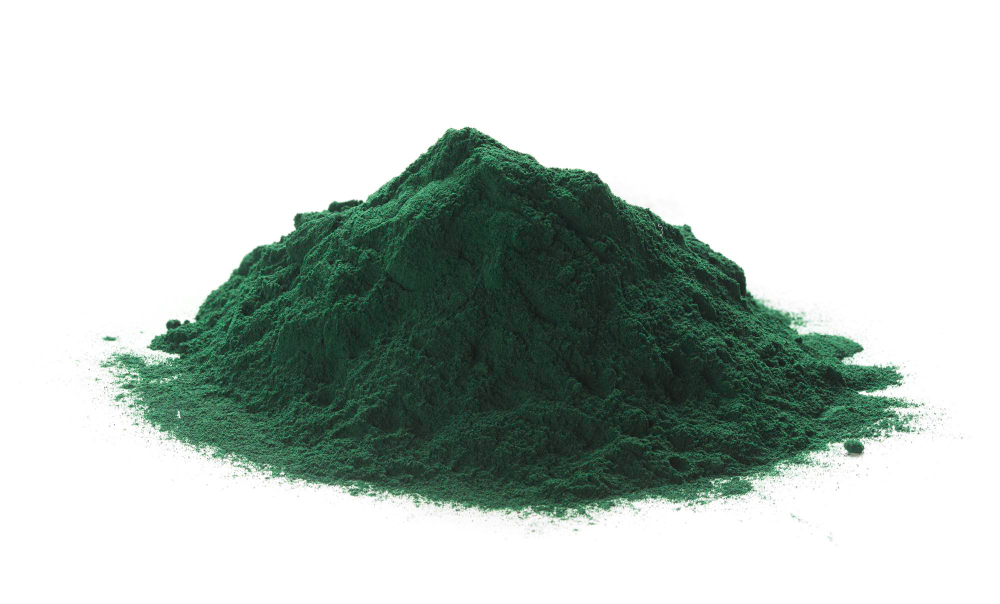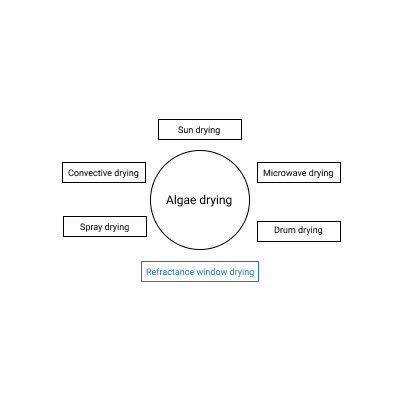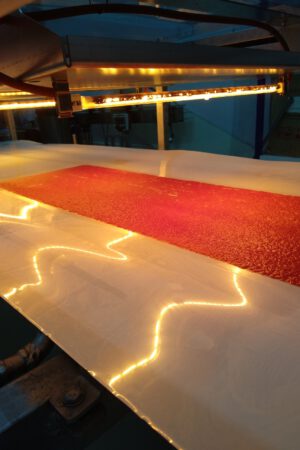Need for drying of algae
Algae are a highly diverse group of organisms with important functions in aquatic habitats. Algae could be divided by size into two groups as microalgae (such as Chlorella vulgaris, Microcystis aeruginosa, Asterionella formosa, Melosirasp, Micractinium, Scenedesmus, Spirulina) and macroalgae (Such as Undaria, Porphyra, Euchema, and Gracilaria)
Algae and deritavie products can be used in biofuel production, animal feed production, and can be used in nutritional supplements, cosmetics, and pharmaceutical products.
Algae and algae based products need a step of processing such as cultivation, harvesting, dewatering, drying, oil extraction, and fractionation. Algae drying methods are used to obtain concentrated solids. There are various drying methods can be used in algae drying and drying techniques are affects by the scale of microalgae production.
Different drying techniques have differences in terms of capital investment and energy requirements. For instance, the sun drying method is economical for large production scale. However, it requires large land space and labor.
Algae drying is a complicated operation of simultaneous heat and mass transfer. Liquid in the wet material is generally evaporated with the heat. The drying time and efficiency is governed by moisture content and temperature of the wet material, the humidity, and the hot air velocity. In the end, algae drying is an energy-intensive process and a huge amount of energy is consumed.

Common drying techniques in algae drying
Algae drying is a process that transforms algae into dewatered algae cakes, which can be handled mechanically. The drying prcess was estimated to utilise 50% and above of the total energy consumption in algae processing (Venteris et al., 2014). Dried algae must have moisture content less than 10%.
The selection of a drying method impacts the stability of algae. Algae can be dried using one of the several methods reported in the literature; such as spray-drying, drum-drying, fluid bed drying, freeze-drying, refractance window drying, low-pressure shelf drying or sun-drying.
Sun drying
Sun drying is the most conventional drying method. It is the most economical drying method However, it requires long time, large area, and labor. Additionally, i depends on weather and environmental contamination can be occur during sun drying. Therefore, alternative drying methods with high efficiency, low cost, environmentally friendly, and have high social acceptance ar needed.
Convective drying
Convective drying of algae in ovens or heart circulated dryers completes in much shorter time compared to sun drying. However, the capacity of these dryers are limited and it may not be the economical and feasible approach in industrial scale.

Spray drying
Spray drying is one of the most common technique in drying of foods, drugs or pharmaceuticals. However, the usage of spray drying for algae was reported to be expensive and detrimental to pigments and lipids od the algae. Moreover, spray dryers requires higher capital invest compared to other drying techniques.
Microwave drying
Microwave drying is one of the innovative approach in algae drying. It requires much lower time to complete drying. Moreover, energy usage reported to use less energy than other common drying techniques for algae (Bennion et al., 2015).

Refractance window drying of algae
Currently, RW drying technology is used to process products such as scrambled egg mix; avocado fruits for dips; high carotenoid-containing algae for treating macular
degeneration and cancer; herbal extracts and nutritional supplements for human use; food ingredients such as herbs, spices, and vegetables; and nutritional supplements for shrimp farming.
Although, scientific studies on algae is lacking in literature, we know that some algae based commercial products available in market.
The refractance window drying of algae have advantages over other techniques in terms of
- Cost effectiveness: Refractance window drying efficiently uses conduction and radiation and allow much economical drying of algae.
- Environmental impact: Termal efficiency of refractance window drying is higher than common dryers and thus have less impact to the environment.
Comparison of refractance window drying with other drying techniques
Refractance window drying has some advantages over other drying techniques as stated above. Some of these advantages are:
Rapid
Refractance window drying is much faster than convective drying (tray, oven or belt dryers) and freeze drying techniques.
Better chemical properties
The chemical properties of powder produced by this technique is comparative to freeze drying and better than other drying techniques
Continuous
Refractance window drying works continuously, and therefore suitable for full scale production
Economical
Both capital investment and operating cost of refractance window drying is economical than other techniques.
Better physical properties
Physical properties such as solubility, porosity and bulk densities of refractance window dried products much better than other drying techniques
Heat induced contaminants
Refractance window drying cause no or low formation of heat induced contaminants such as HMF, acrylamide etc.
InfraRWD drying of algae
In addition of the advantages of refractance window drying of algae, InfraRWD offered some developments and new advantages.
up to 40%
Reduction of drying time compared to refractance window drying
up to 35%
Reduction in consumed energy compared to refractance window drying
up to 2x
Increase in the capacity compared to refractance window drying
Flexibility
InfraRWD dryer can be used in three different mode, namely refractance window drying, infrared drying and infrared assisted refractance window drying. Therefore, a wide range of product with different charateristics can be produced using an InfraRWD dryer.